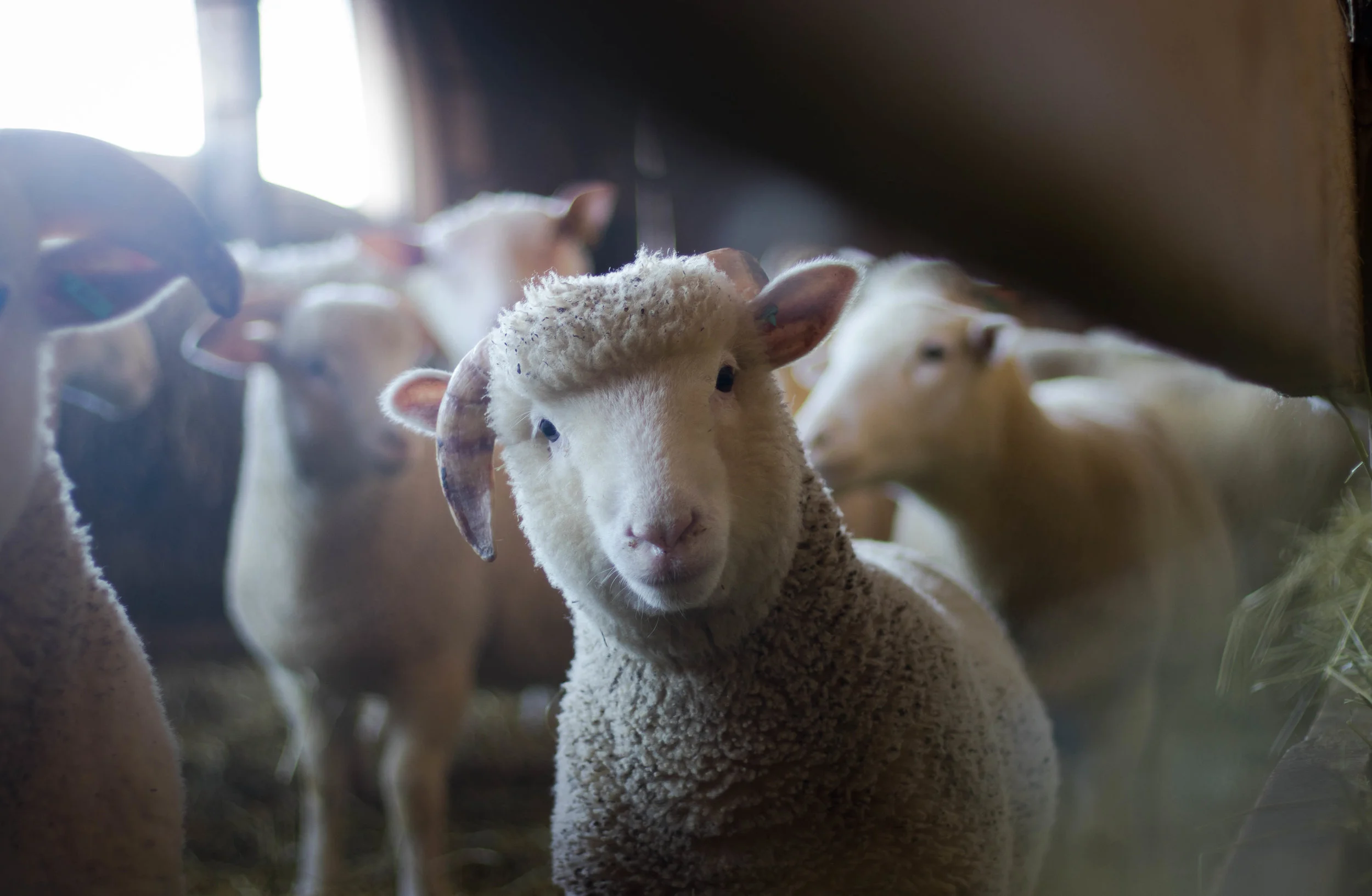Before you build that healthcare app. Draw a mango tree
In a recent health-tech class for doctors, we did an experiment. We made them into app designers. In about 30 minutes.
I'll tell you how. But first some context.
Clinicians and patients are the two primary end-beneficiaries of every healthcare venture. Whether you are an insurance company or a medical devices manufacturer. A biotech company or a software vendor. You will ultimately serve doctors or patients. Directly or indirectly.
Any healthcare app must serve these two primary actors of industry. Otherwise, you are building something that'll likely be dead-on-arrival. Ouch.
Like many experts, clinicians never imagine themselves as people capable of designing apps. Many do. But most don't. They can't see how they can serve patients outside the consultation room.
But they can. Apps allow clinicians to extend their expertise widely.
Let's draw your app on paper
Back in the health-tech class, I was working with doctors in South Africa. They had deep expertise in handling tuberculosis (TB) patients. Helping thousands of patients manage their condition. But they were also acutely aware of the challenges they faced. Compliance. Loss of information. Inconsistent referral process (when a patient moved from doctor to doctor).
I asked them to take a few plain sheets of paper. And simply start drawing the app they had in mind.
They struggled. Lost in details of logging in, security and what information to capture. Making lists of features, instead of drawing.
We stopped. For a slight deviation.
Let's draw a mango tree
Then I asked them to draw a mango tree. Now, that was easy.
We came up with a tree with a large trunk. Main branches. A few smaller branches. Lots of leaves. And then there were mangoes.
Something like this. (Image credit: Norma Brooks)
We didn't worry about petioles, midribs, blades and veins of the leaf. We didn't worry about photosynthesis.
We didn't worry about the epicarps, mesocarps, endocarps and seeds of the mango fruit. We just simply drew some mango fruit. This wasn't a science class.
You get where this is going.
Prioritize. Know what comes first. What comes after that
When we draw for fun, we intuitively know what to prioritize on. But when take our endeavor more seriously, we get lost along the way.
In healthcare, you know your big priorities are doctors and patients. How can your app be most useful to them? Directly or indirectly.
In case of the TB app, what's #1 challenge you are trying to solve for your patients? What's the next challenge? And the one after that?
You might find competing priorities when you go down this path. For your top 3 priorities, you should clearly choose one after the other. In the right order.
You could go wrong. Doesn't matter. You can always correct it later.
But picking that right order will help you draw your app better. More importantly, you'll begin to design a more useful app.
What if you are confused on which is more important than the other? Ask yourself more intuitively - which is more? Or, ask a fellow expert. Or, ask a few of your ultimate users.
Of even consider the question: is this the app you really want to build?
Further down that priority list, you can have competing priorities with similar weightage. Just like smaller branches on the mango tree.
Back to our app
After this brief mango-tree overture, our class went back to drawing their app.
This time the results were different.
Most of the doctors easily got the basics right. Regardless of whatever else they desired for their app, they knew that it had to address the #1, #2, #3 challenges. The BIG ones. First. It had to be useful and pertinent. Before being beautiful.
They stopped writing bullets. They actually started visualizing a real app - screen after screen.
And then they added little cherries on top. Later.
All in 30 minutes.
And here's the magical thing about getting started...
It's just that. The magical thing about getting started is...that you actually get started.
We worry about all kinds of things before building an app. Funding. Which OS to develop on. Tools we need to buy. Whether we need to build a native app or container app. Hiring developers or finding freelancers.
We do everything else but simply start drawing. It's like worrying about the midribs of the leaves before drawing the trunk of the tree.
At the end of the course, we took closing comments. Many clinicians brought up the mango-tree/app drawing experience.
They said, it wasn't something they thought they could do. Designing a healthcare app.
But they did it anyways.



